Work Package 1: Co-developed Water Values & Scenarios
The objective of WP1 is to close the gap between theory and practice in SOS-Water by closely collaborating with local stakeholders throughout the whole project. This approach will ensure the real-world relevance of SOS-Water by collaboratively identifying knowledge and preferences of local stakeholders, including preferences on water-related biodiversity and ecosystem services (water values), which feeds into the technical WPs (WP2, WP4), and ultimately informs the design of the water system SOS framework (WP5). Once identified, the water system SOS will build the core of spatial optimisations of management plans that ensure future biodiversity and water values safety for case study areas and potentially larger scales under changing climatic and socio-economic conditions. WP1 includes 6 tasks.
Specific objectives include:
- Develop Stakeholder Engagement Roadmaps: Create roadmaps for stakeholder engagement based on local problem framing in five case studies.
- Co-create Scenario Narratives: Collaborate with stakeholders to create scenario narratives based on potential climate change, socio-economic developments, and local water visions.
- Develop Objectives and Indicators: Co-develop objectives, indicators, and value preferences for decision-making in case studies and create management pathways based on scenario narratives.
- Establish Water Value Distributions: Determine current distributions of water-related biodiversity and ecosystem services and project future distributions based on scenario narratives.
- Refine SOS Framework: Refine the SOS framework and case-specific management plans based on stakeholder feedback to balance top-down and bottom-up objective framing
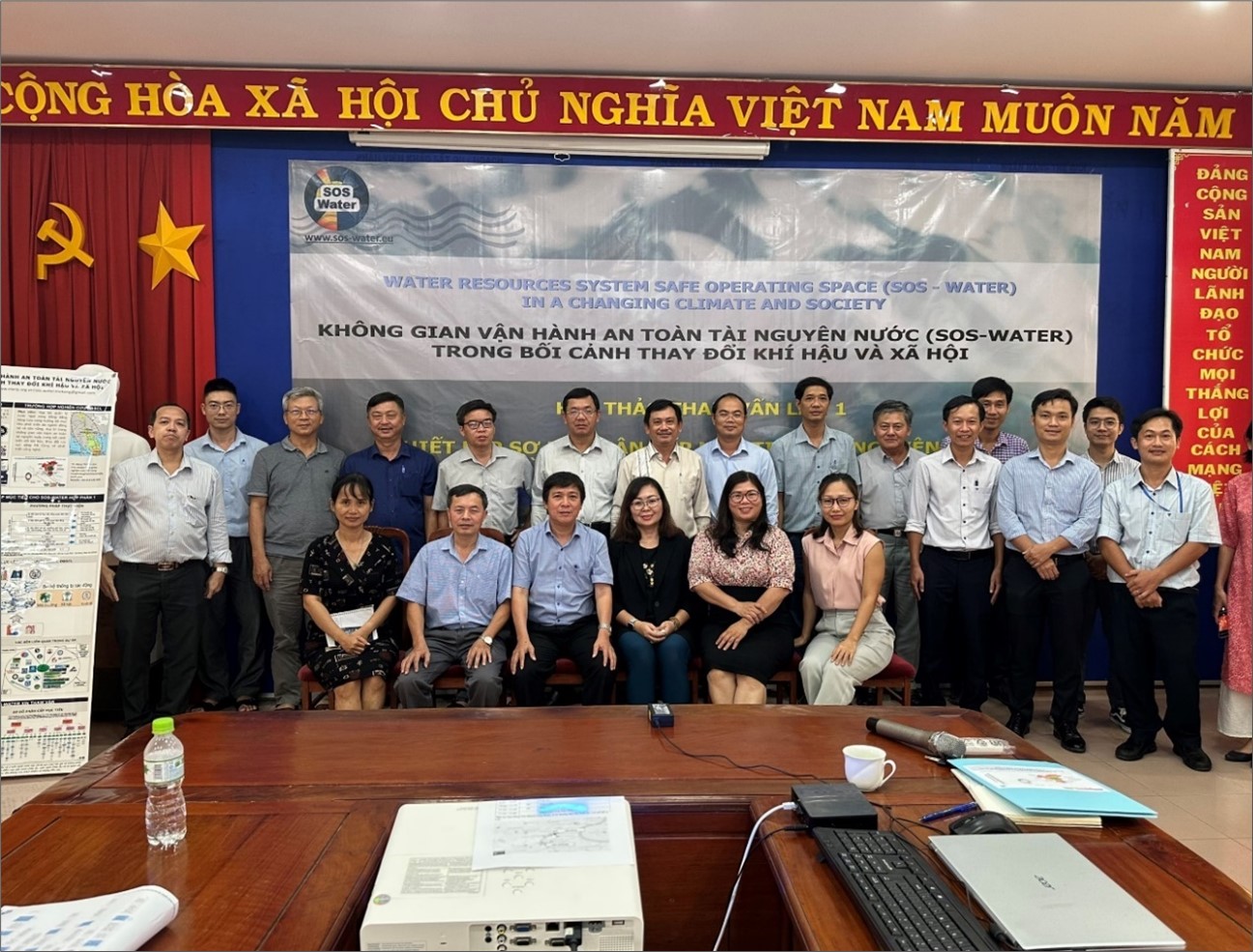
Explanatory video for Work Package 1 with (former) WP-Leader Simone Langhans
Task 1.1: Development of Stakeholder Engagement Roadmaps and Problem-Framing (M1-M12)
- Lead Partner: NIVA
- Participants: IIASA, UU, UPV, POLIMI, GeoEcoMar, SIWRP, EUTEMA-RS
- Description: Identify and map key stakeholders for each case study, co-develop problem framing, key impact variables, water values, and related objectives. Create a common blueprint for the stakeholder engagement process based on Multi-Criteria Decision Analysis (MCDA).
Task 1.2: Co-Creation of Future Water Scenarios (M6-M18)
- Lead Partner: IIASA
- Participants: NIVA, UU, UPV, EAWAG, GeoEcoMar, SIWRP, EUTEMA-RS
- Description: Co-create scenarios and management pathways through four steps: understanding current situations, developing “business-as-usual” scenarios, creating visions and pathways for desired futures, and assessing pathway robustness.
Task 1.3: Modelling Water Values Distributions (M1-M36)
- Lead Partner: FVB-IGB
- Participants: NIVA, EAWAG, GeoEcoMar
- Description: Use SDMs and ARIES to produce spatial distribution models of aquatic biodiversity and ecosystem services. Advanced WSMs from WP2 provide parameter information for these models.
Task 1.4: Identification of Stakeholder Preferences (M6-M36)
- Lead Partner: NIVA
- Participants: IIASA, UU, UPV, POLIMI, GeoEcoMar, SIWRP
- Description: Identify stakeholder preferences, important indicators, value preferences for objectives, risk behaviors, and weights for individual objectives, contributing to the uncertainty analysis in WP5.
Task 1.5: Co-Creation of Local Management Pathways (M12-M36)
- Lead Partner: FVB-IGB
- Participants: NIVA, IIASA, UU, UPV, POLIMI, GeoEcoMar, SIWRP, EUTEMA-RS
- Description: Define individual or sets of action alternatives with stakeholders, considering local constraints and trade-offs between aquatic biodiversity and ecosystem services.
Task 1.6: Review and Refinement of SOS Framework (M24-M48)
- Lead Partner: FVB-IGB
- Participants: NIVA, POLIMI, GeoEcoMar, SIWRP, EUTEMA-RS
- Description: Present, discuss, and refine the general SOS-framework and spatially optimized management plans with local stakeholders based on their feedback.
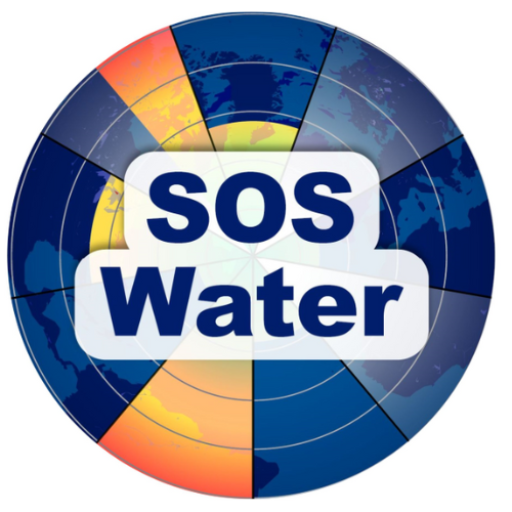


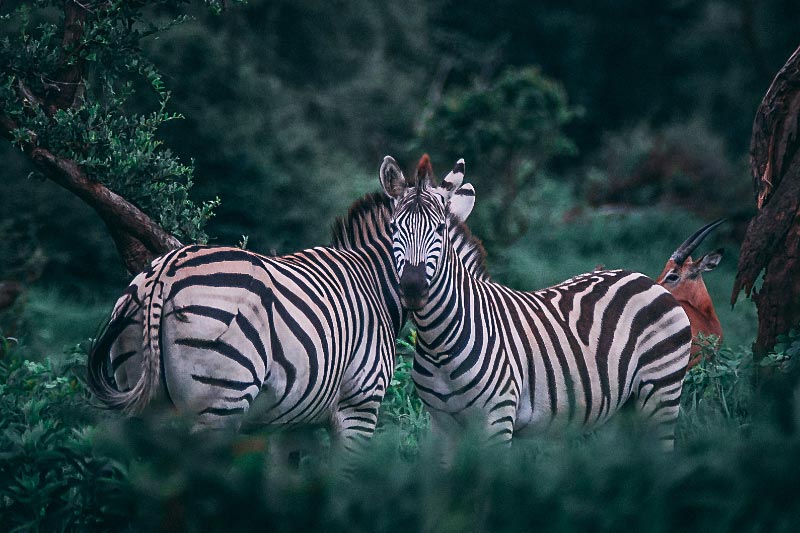
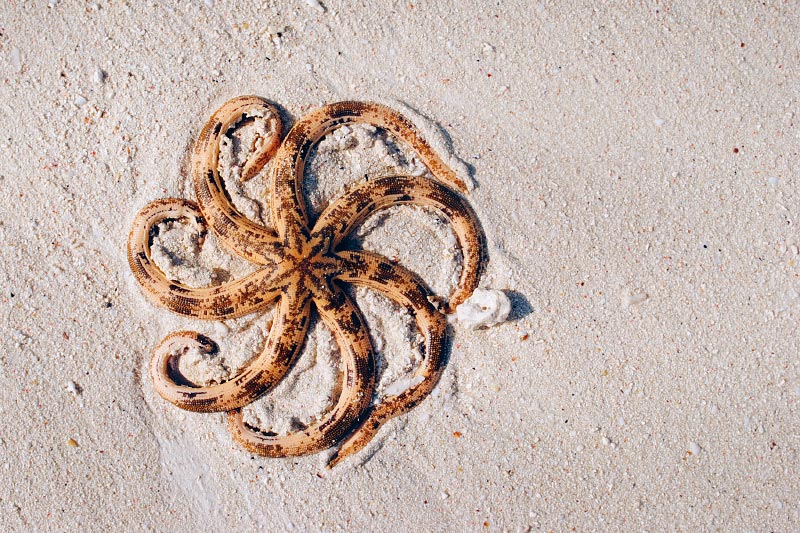

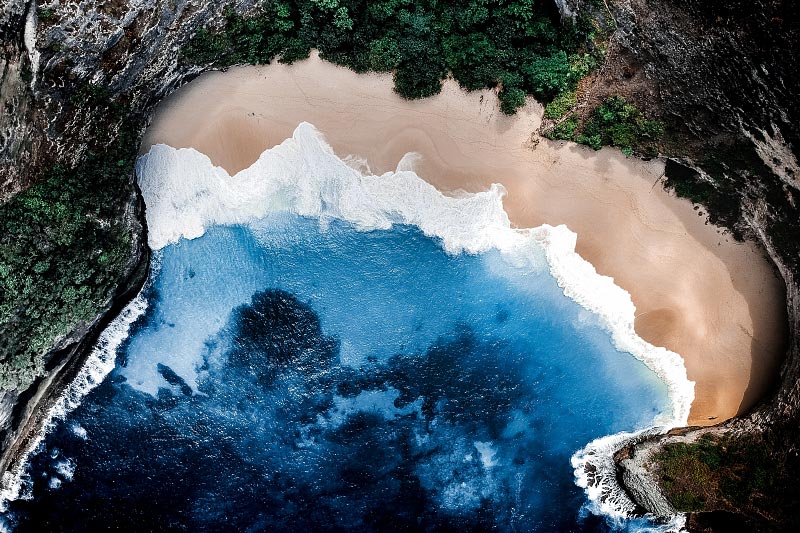
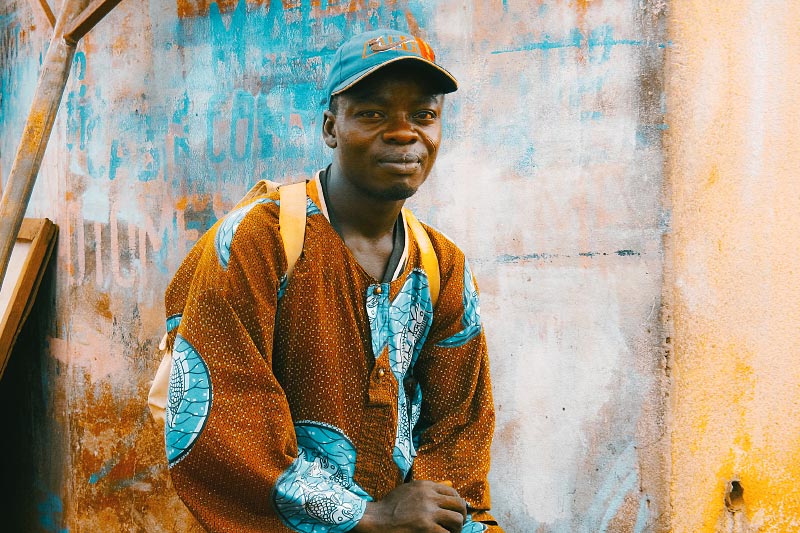
Keep In Touch